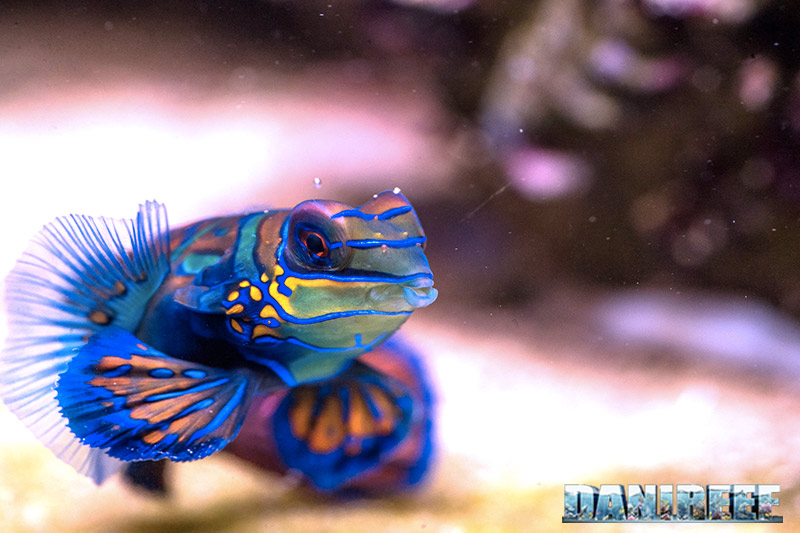
We started to discuss about family of fish with the surgeonfish, today we introduce another beautiful species: the Synchiropus.
Introduction
I’ve always loved aquariums full of fish, looking into them makes you feel as if you were diving in tropical seas. I’ve always had a lot of them, and the most important lesson I’ve learned is that is knowing which ones you can insert and take care of well is the important thing.
In the end, it’s all an exercise of equilibrium and proportions. A big fish in a small aquarium is not that nice to see and it’ll make your aquarium appear even smaller than it is, regardless of the beauty of the fish. Moreover, a lot of fish that don’t fit for their size, for example some surgeonfish, become very aggressive and can attack other fish, they can get sick frequently, infecting other specimens as well. Then you have to consider the biological niches, for which it would be totally ridiculous, for example, to insert 20 angelfish and then complain that the no one swims in the upper part of the aquarium. Then you have to consider the colors, because some fish get very aggressive towards specimens with similar liveries. And shoal fish have to stay in shoal… and so on. But let’s continue with order.
Is there a maximum number of fish that can be kept in a marine aquarium? No, there isn’t. If you wat to obtain the maximum from your aquarium, you have to study, know and respect the fish. Choose them wisely.
Synchiropus
The Synchiropus are part of the family of callionoymidae, also called dragonets. They’re small fish that reach 6 or 8 cm, they’re very beautiful and colorful, and also very useful in aquarium. They swim very particularly and they’re always moving. It’s very funny watching them rummaging in the sand and shooting detritus out of their gills.
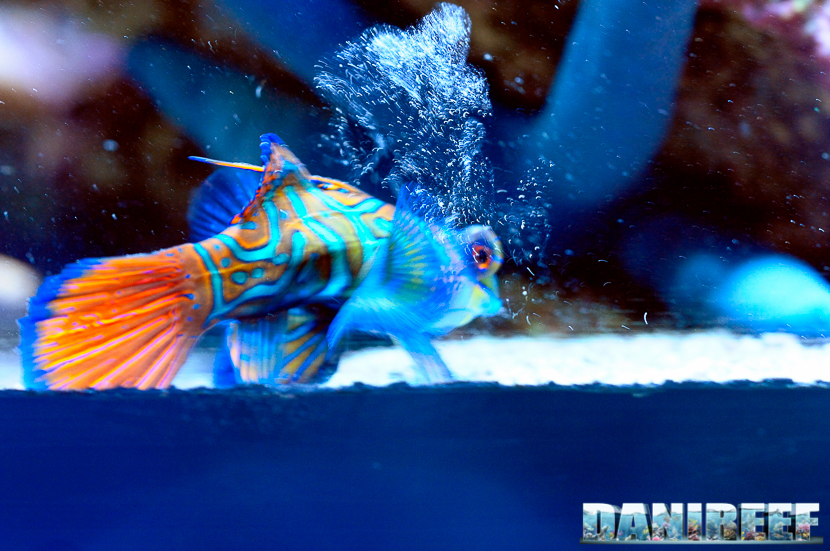
They’re even more beautiful if they’re in couple: you’ll see them dancing their mating ballet… wonderful. But be careful to buy a male and a female, otherwise they easily get in cruel fights.
But let’s talk about limits. As with the surgeonfish, you should study this species in depth to learn about their peculiarities, but generally you can insert one Synchiropus for each 100 liters, respecting the colorations. For example, you can’t insert 3 Synchiropus splendidus, or two males. And most importantly, you can’t insert any Synchiropus in an aquarium that is less than a year old, so that the fish will find plenty of sustenance growing in the tank, because they often don’t eat industrial food (can’t blame them….).
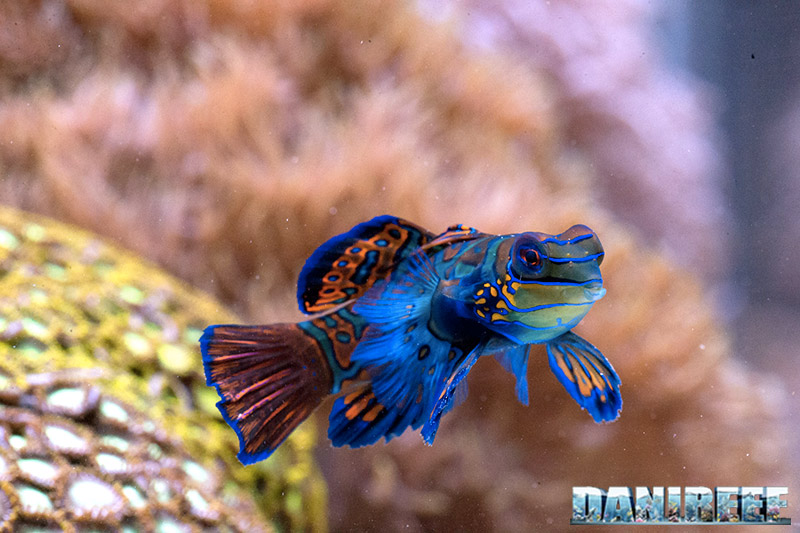

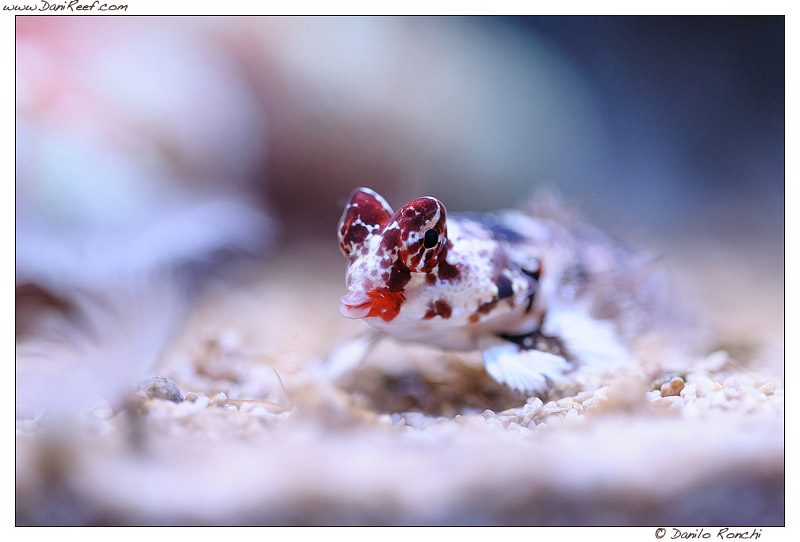
We said that Synchiropus are very useful in aquariums because they eat the small parasites that grow there. For example, they’re very useful against planarians, which they really like. Obviously it’s not guaranteed, you could find the vegan Synchiropus that doesn’t like them, and that’s why some say that a picturatus, a marmoratus or a stellatus are better, but I think that’s always a matter of luck. The important thing to keep in mind is that they’re bottom fish and that’s where they get their sustenance, so if there isn’t enough life in the aquarium it’s like a death sentence for them.
So if you don’t have sand, this is a fish you SHOULD NOT host.
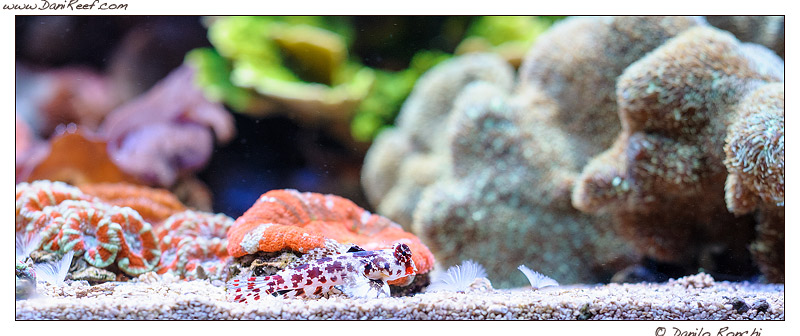
One last curious thing to know about them is their night behavior. Differently from many other fish they sleep leaning on the sand, and they cover themselves with a white mucus that makes them seem dead. So don’t worry, they’re only protecting themselves from predators.
[translated by Agnese Poggi]










0 Comments